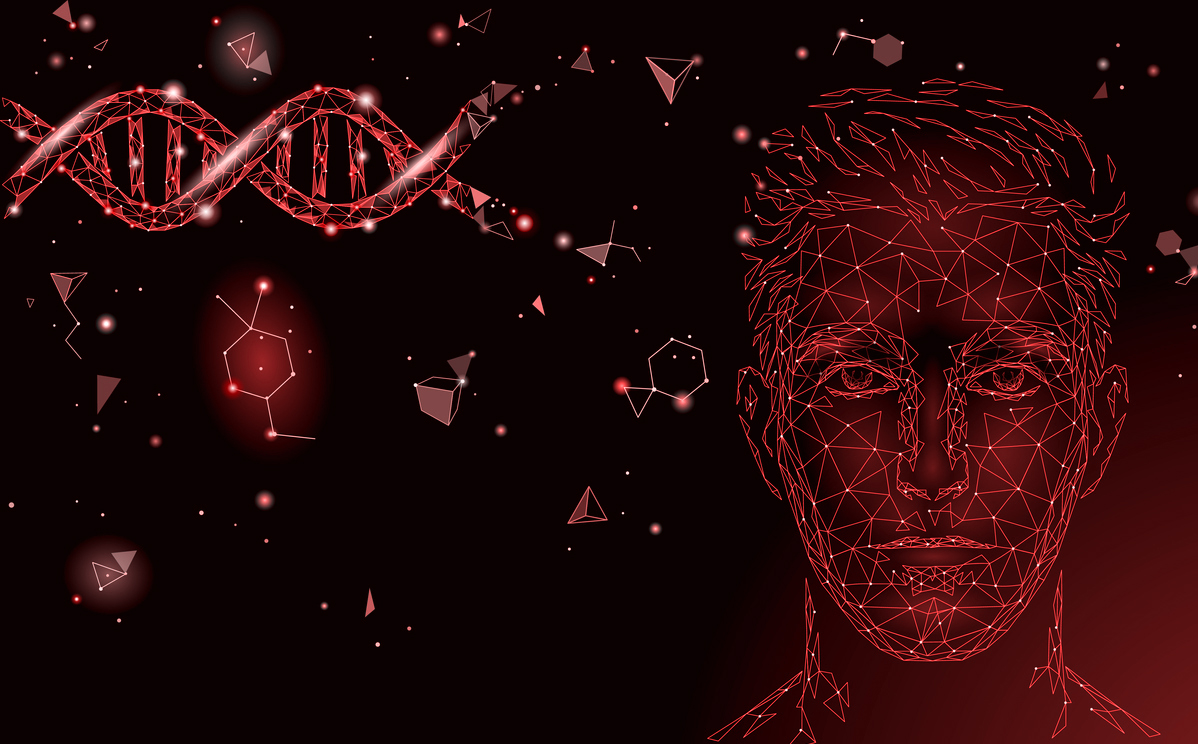In 2017, California police released an image of a potential suspect in the murder of Maria Jane Weidhofer, a cold case that dates back to 1990. This image turned out to be controversial given that it was not an actual photo of a person but rather an AI-generated image built from DNA found at the original crime scene. Police reached out to Parabon Nanolabs, a company that specializes in phenotyping. DNA phenotyping is a process by which DNA samples are analyzed and used to predict a person’s physical appearance. From DNA samples, Parabon claims it can accurately predict a suspect’s “ancestry, eye color, hair color, skin color, freckling, and face shape.” In the Weidhofer case, Parabon’s predictive imaging was combined with witness descriptions of a person of interest seen near the crime scene. The combination yielded additional features that phenotyping might not be able to predict, such as a mustache. Parabon acknowledges that their technology cannot predict things that might cause variables in appearance, like cosmetic surgeries, scars, or diet. Parabon has assisted police in creating composite images for both cold and active cases over the past several years.
To further push the bounds of AI in policing, a recent leak of hacked police records showed that in 2020, a California detective working on Weidhofer’s case requested to run the generated image of the suspect through a facial recognition database. While it’s unclear if the detective’s request was acted on, Wired reports that “it emphasizes the ways that, without oversight, law enforcement can mix and match technologies in unintended ways, using untested algorithms to single out suspects based on unknowable criteria.”
Police have been using biometric data to help identify suspects and solve crimes for years. DNA has been integral to solving cold cases such as the infamous Golden State Killer, who was arrested in 2018 thanks to advancements in DNA matching and genealogy. Typically, DNA is collected and run through a database to see if there are any matches, which then gives police a suspect in their case. In cases where there are no DNA matches, police can sometimes use services like Parabon to create these images to find more leads. Forensic DNA phenotyping is still not widely used, as much controversy surrounds it. Many experts are “skeptical that faces, which are very complex, can be determined from DNA.” Some studies show that DNA phenotyping can accurately predict certain traits, but many predictions do not exceed a 70% accuracy rate. That can be dangerous if these inaccurate images are used to arrest someone.
Phenotyping isn’t the first instance of law enforcement using what some call “junk science” in investigations—many older investigative methods, such as handwriting analysis or lie detector tests, aren’t accurate enough to be entirely trusted. Often, it takes a while for reliability to catch up with new technology. But despite the pace at which technology is evolving today, and while AI certainly has its place within many fields, it should be used as a support tool, not a replacement for more accurate and time-tested methods.
